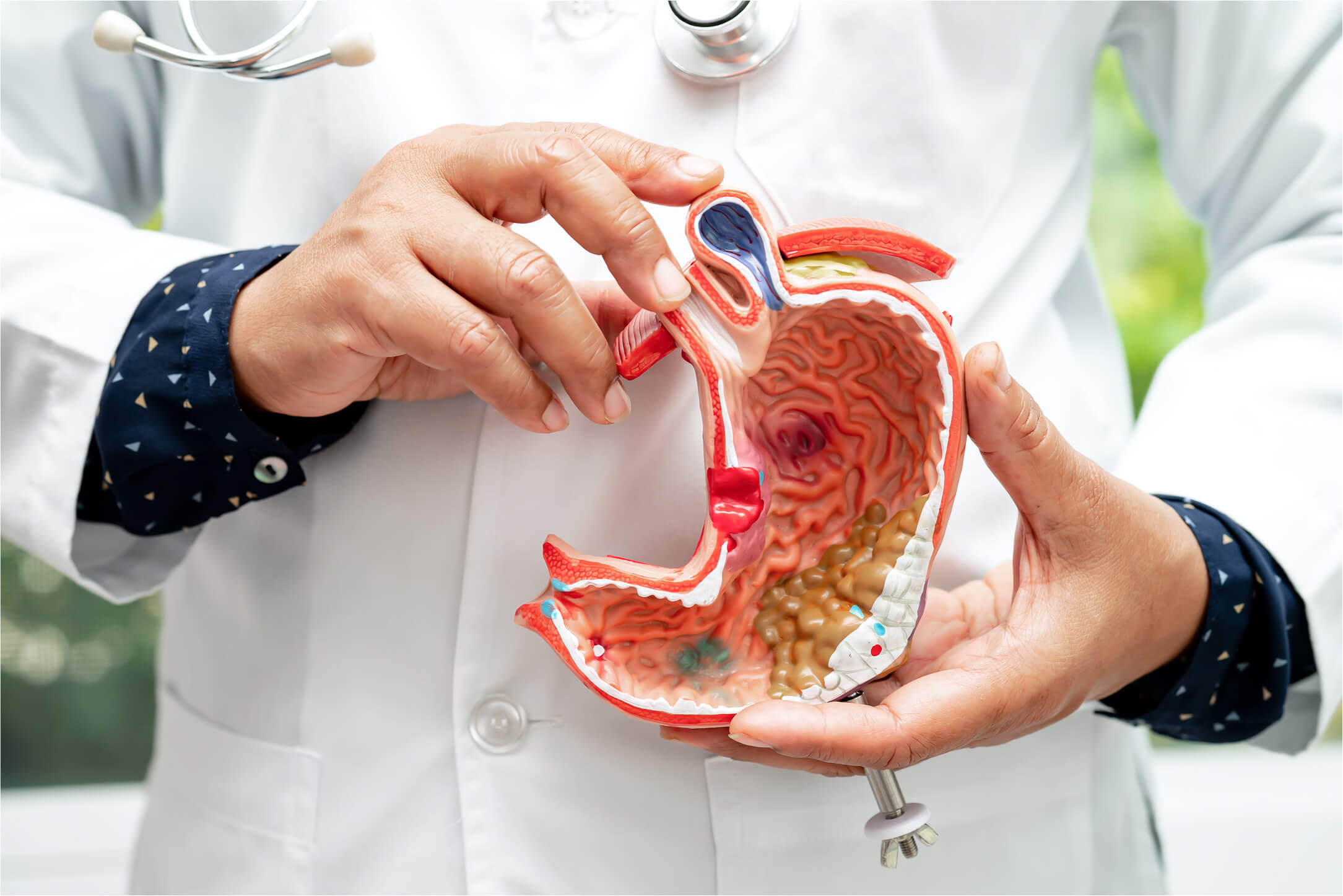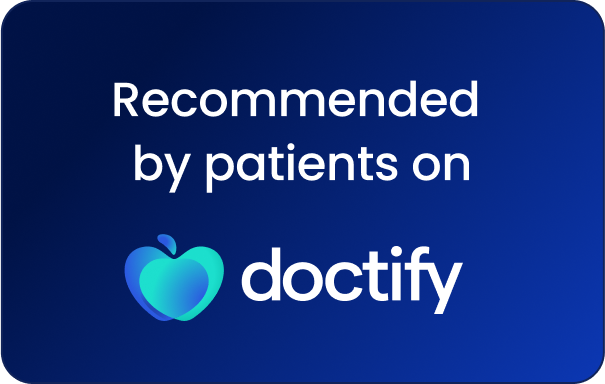We understand that facing surgery for an upper gastrointestinal (GI) condition can be stressful. You are likely looking for clear, reliable information to help you feel confident in your decisions. This guide is here to help. We will walk you through the key differences between minimally invasive and traditional surgery, so you and your family can have an informed conversation about the best path forward for your health.
Understanding the Two Surgical Philosophies
When discussing surgery, it helps to think of “minimally invasive” and “traditional” as two different philosophies for accessing and repairing the body.
What is Minimally Invasive Surgery (MIS)?
Minimally invasive surgery, also known as laparoscopic or “keyhole” surgery, uses modern technology to perform major operations through very small incisions. A surgeon uses a laparoscope, which is a thin tube with a camera and light, to see inside your body. They then use specialized instruments to perform the surgery without needing to make a large opening.
What is Traditional (Open) Surgery?
Traditional open surgery involves a single, larger incision. This approach gives the surgeon a direct, wide view of the surgical area and allows them to use their hands to perform the procedure. It is a long-established and highly effective technique that remains the best choice for certain complex situations.
Minimally Invasive vs. Traditional Surgery
For a methodical researcher, a direct comparison is often the clearest way to understand the options. This table breaks down the typical differences between the two approaches.
| Feature | Minimally Invasive Surgery (MIS) | Traditional (Open) Surgery |
|---|---|---|
| Incision Size | Several small incisions, often just a few centimetres long. | One single, larger incision. |
| Hospital Stay | Generally shorter, often just one or two nights. | Typically a longer hospital stay is required for recovery. |
| Recovery Time | Faster return to normal daily activities and work. | A longer and more gradual recovery period. |
| Post-Op Pain | Usually less pain and discomfort after the procedure. | Can involve more significant post-operative pain. |
| Scarring | Minimal scarring that is less noticeable. | A more prominent and visible scar. |
| Best Suited For | Many standard procedures like gallbladder removal, reflux surgery, and hernia repair. | Complex cases, such as for some cancers, extensive scar tissue from prior surgeries, or very large hernias. |
Factors That Influence Your Surgical Choice
There is no single “best” option for everyone. The right choice is highly personal and depends on a thoughtful discussion between you and your specialist. The key factors include:
- Your Specific Condition: The nature, severity, and location of your upper GI issue are primary considerations. For example, the approach for severe reflux surgery in Sydney may differ from that for a complex stomach tumour.
- Your Overall Health: Your general health, medical history, and any previous abdominal surgeries play a crucial role in determining which approach is safest and most effective for you.
- Your Surgeon’s Expertise: The experience and recommendation of your surgeon are vital. It is important to choose an expert upper GI surgeon in Sydney who is highly skilled in both minimally invasive and open techniques.
- Patient Goals and Lifestyle: Your personal priorities matter. A desire for a faster recovery and minimal scarring might make you a strong candidate for a minimally invasive approach, if medically appropriate.
Making Your Decision with Confidence
Choosing a surgical path is a significant step, but you do not have to take it alone. The goal is always to select the safest, most effective procedure that will improve your health and enhance your quality of life. By understanding these options, you are better equipped to partner with your medical team.
If you are considering Upper GI Surgery in Sydney, our expert team is here to provide clarity and support. We can help you navigate your options and understand the best approach for your individual needs.



